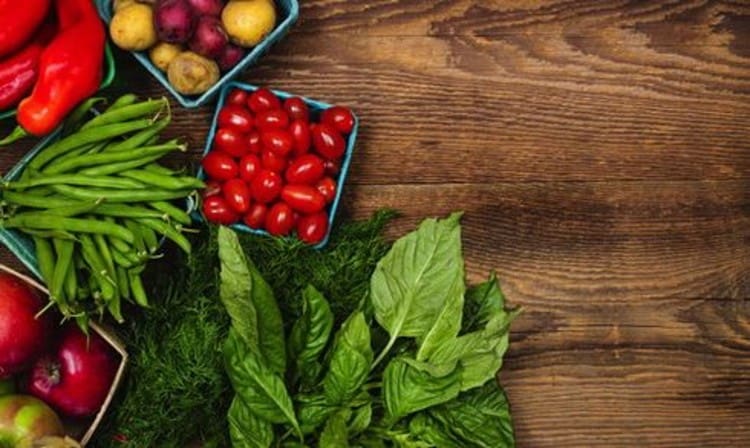Are you ready to make daily decisions that help support a more sustainable food system, but done with the really easy stuff? Have you already started eating more vegetarian meals and developed an addiction to the farmer’s market? Are you ready to take more individual actions, but not ready to start growing your own food? This week, Food Tank highlights ten extra steps eaters can take to support a more environmentally sustainable food system.
1. Dine Out, Locally: Most Americans buy food from a restaurant 5.8 times per week, according to the United States Healthful Food Council. Deciding to eat at a locally sourced restaurant once a month would ensure that at least five percent of the meals you eat out are made from local food. Check out Edible Communities or the Eat Well Guide for a list of restaurants who source local ingredients near you.
2. Spend Some Time With Your Oven: Baking bread at home is more sustainable and often healthier than purchasing store-bought bread. National Geographic notes that one slice of bread requires over 41 liters (11 gallons) of water to produce, a portion of which is used to transport and package store-bought bread in plastic. For a few extra hours a week, you can control the ingredients in your bread and reduce your water and plastic packaging consumption. See The Fresh Loaf for a primer on bread baking.
3. Buy Seasonal Local Produce: Buying in-season locally grown produce can result in environmental and economic rewards. Eating foods grown at the appropriate time of the year ensures that you get low food mile, flavorful food. Check out the Eat Well Guide for North America to learn what you should be buying each month.
4. Learn to Preserve: From 2008 to 2010, 3,000 people signed up for the U.S. Department of Agriculture (USDA) online course on home canning and joined a growing movement that is supporting a better food system in the United States. Canning can reduce food miles, food packaging, and can help guarantee you have local foods bought in season to eat out of season. To find out if canning is for you, check out the USDA Complete Guide to Home Canning, some handy Canning Basics, and Slate’s review of canning.
5. Embrace the Dirt: Twenty-one percent of waste going into municipal landfills in 2012 came from food waste. Home composting can prevent waste from unnecessarily ending up in a landfill where it contributes to the production of methane, a greenhouse gas. There are great resources about how to compost, both in your backyard and in your apartment. If you’re worried about what to do with the compost, you can use it on your house plants or donate it to a local garden.
6. Use What’s Already Growing: Foraging for wild food is not just about getting pesticide-free food for free, but about reestablishing human’s connection to nature. For Ava Chin, author of Eating Wildly and guest speaker on urban foraging for Food Tank, foraging is also about finding joy amongst the struggles of life. Be sure to check out Edible Wild Food’s resources and Falling Fruit’s global maps of foraging locations to know what you can and cannot eat before you head out to pick your dinner.
7. Do More Than the Dirty Dozen: For more than a decade, the Environmental Working Group has published their list of the Dirty Dozen and Clean Fifteen. If you have already been taking the time to buy organic produce for the top twelve pesticide heavy fruits and vegetables, why not go a bit farther and buy pesticide-free produce for the top fifteen or twenty items?
8. Find a Farm: Community Supported Agriculture (CSA) or box food subscription services are provided by over 12,000 farms in the U.S., according to the USDA. Consumers who buy a membership with a CSA receive a box of vegetables or other farm products at regular intervals during the season purchased, while also providing a farmer with the certainty that his coming harvest has buyers. Check out Local Harvest’s database to find a CSA near you.
9. Make a Calendar: Over one billion tons of food are lost or wasted each year across the globe. Wasted food means wasted resources: the energy and water that was used to produce that food product is squandered if the food is not consumed. Each American household typically throws out nine kilograms (twenty pounds) of food a month. Meal planning with a template is one clear way to decrease your food waste.
10. Get Off the Plastic: In 2009, 29.5 percent of waste found in municipal landfills in the U.S. came from containers and packaging. By actively choosing to buy food with little or no plastic packaging, less waste and less toxins will be produced. Some stores are supporting this transition by providing refillable stations for cleaning products and a small grocery store in Austin, Texas has even gone package free!















